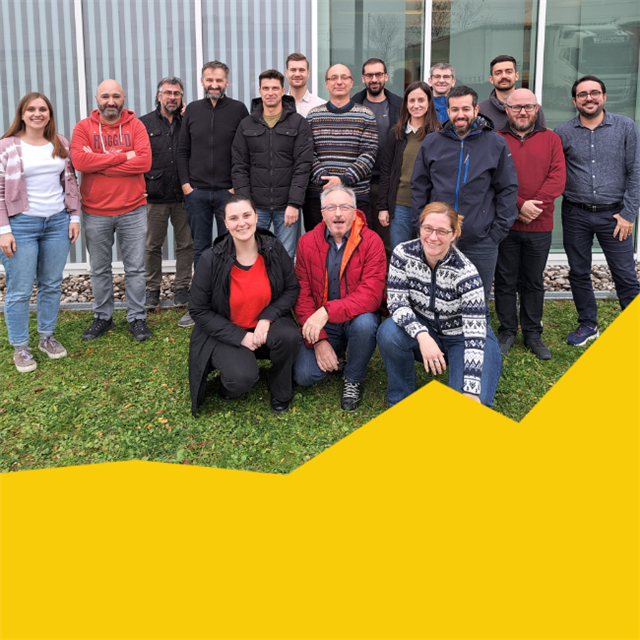If we told you the German pilot is looking for ways to optimise the energy supply chain via flexibility, advanced energy management systems, energy communities and a flexibility bridge, one might think: "Oh wow, they used a lot of fancy words here”. But no worries, in this article we will guide you through the jungle of terms and concepts with strange names, depicting what is being sought after in the German FEVER Pilot.
Let’s start with flexibility. Flexibility refers to the way energy systems can adjust to changes, planned or not, and still be capable to safely and continuously provide energy to all users. So, even in an event of dark doldrums or an unexpectedly high demand, the system is still able to provide as much electricity as is needed. This is essential, as the demand and the provision of electricity always need to match each other because the grid cannot store electricity. You can imagine that this needs to work quickly, reliably, and accurately – which can hardly be done by one or several persons.
Here, an advanced energy management system (EMS) comes into play. Such a system is able to gather consumption and production data while aiming at optimising the two parameters – remember keeping the balance mentioned above. This applies to both customers and producers, therefore the whole supply chain. The management system can remotely and automatically control all registered assets and it does not matter whether it is a solar panel, batteries, or a fridge.
The second important concept is an energy community. This term refers to a wide range of various actions that involve citizens’ participation in the energy supply chain, while exchanging energy with other community peers holds a great value in what is called "Peer-to-Peer” trading. In such an energy community a citizen producing energy can possibly share it with his or her fellow neighbours or other participants in the community in need of it. Also, it is possible to offer the use of electricity when there is a surplus production. This leads to the effect that local networks can take over the balancing of the energy demand on their own, while the overall grid is relieved in this duty.
The German pilot aims at implementing those two concepts in a creative way:
Imagine having two of such above-mentioned energy communities equipped with state-of-the-art energy management system in two towns. But these towns are more than 100 km apart from each other. "Why is this so special or important?”, you might ask. Well, in FEVER we want to establish and test a way for the two energy communities for that they cannot only operate locally, but rather communicate and exchange energy, as well as flexibility between them. Isn’t this cool? Just like we are no longer bound to working in one place – thank you home office – electricity and flexibility trading can be done remotely, too. Say what! For this purpose, an energy exchange mechanism is established – a so-called "Flexi-Bridge”. This flexibility bridge connects the two communities and enables trading between them. While doing this, already installed EMS communicate with a special tool developed within FEVER capable of coordinating Flexibility Service, Forecasting and many other applications. This tool is called a DSO Toolbox which is developed during the project, too.






